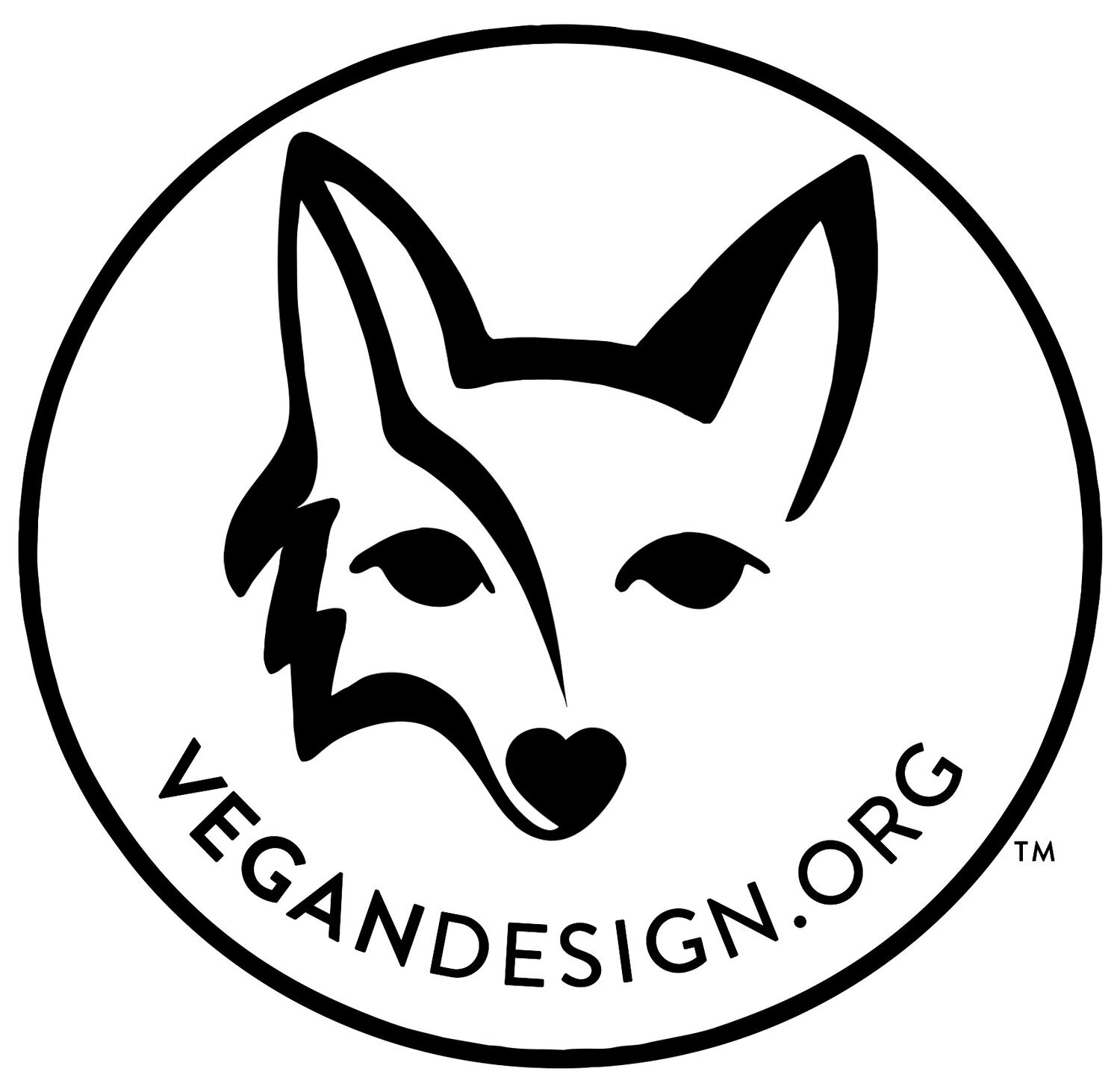Non-Toxic and Cruelty-Free Kitchen Trends
The kitchen is one of the most popular rooms in the home. You spend much time in the kitchen, from cooking to sit-down family dinners! But, sometimes, you forget that a kitchen is more than just a place to cook and eat; it’s also a place to express yourself. Your home reflects who you are, so don’t be afraid to put yourself on display. If your kitchen feels a little outdated, it may be time for a refresh with these up-and-coming design trends, all while keeping your space safe and cruelty-free.
Brighten Your Space with Bold Color
Photo by Max Rahubovskiy from Pexels
For years, minimalism dominated design. But in 2023, bright colors are returning to the kitchen. You want to feel excited to cook when you walk into your kitchen, and drab, muted colors lack the inspiration that brighter shades can provide. Spruce up your kitchen with a daring color palette using cruelty-free paint. Cruelty-free paints don’t use animal products or test on animals. Unfortunately, animal testing is still a common practice for many major companies. Testing on animals is highly harmful and even deadly, so more companies are shifting away from this type of testing.
Most paints also contain toxic chemicals, including volatile organic compounds (VOCs). VOCs are manufactured chemicals that pollute the air and can affect your health. The last thing you want is to inhale chemicals while you cook, so be sure to use non-toxic paint and sealer when adding splashes of color to your kitchen.
Install Open Shelves
Photo by Tony Smith from Pexels
Utilize the space above your counter by installing open shelves. Although it’s more common to have cabinets in this space, open shelving units are becoming increasingly popular. Replacing cabinets with open shelves will make your kitchen more spacious and inviting. Open shelves can also allow you to express your personality by displaying your antique dishware, unique pieces of artwork, and favorite plants. Creating an open-shelf kitchen can also help you cut down on overconsumption. With cabinets, it’s easy to forget that dish set you stuffed in the back, but with an open concept, you’ll avoid overflowing shelves. When installing new shelves, be sure to use cruelty-free wood. Reclaimed wood is not only better for the environment, but it also brings a lot of character to your kitchen.
Incorporate Natural Elements
Photo by Dmitry Zvolskiy from Pexels
Along with repurposed wood, eco-friendly materials are brought into the kitchen. But “going green” isn’t just a trend; it’s also a way to live a sustainable lifestyle that will benefit the earth in the long run. Reusable materials cut down on the damage to the planet by giving new life to old materials, thus reducing waste and our carbon footprint. Manufactured materials also tend to include harmful toxins and may be unethically developed. However, natural materials such as stone, rattan, and hemp wood are organic, cruelty-free, and safe to include in your home. In addition to having a non-toxic environment, natural elements can improve your mental well-being. Nature lowers our stress levels and brightens our mood, so try incorporating more earthy elements into your kitchen to create an inviting environment.
Add Textured Backsplashes
Your kitchen is more than just a space to make meals; it’s also a place to express yourself. Make a statement in your kitchen with an eye-catching backsplash. Backsplashes are often the kitchen’s focal point, especially when incorporating textured tiles and eccentric patterns. Some modern kitchens are elegant but lack the personality of a daring backsplash. Using bright, non-toxic paint or organic wallpaper can elevate your kitchen, but if you want to add texture to your walls, consider using natural tiles. Replace your essential backsplash with hand-crafted tiles made from raw materials like recycled glass and fire clay. These substances make great eco-friendly and durable tiles, bringing an artisanal look to your kitchen.
Include Antique Furniture
Photo by cottonbro studio from Pexels
While sleek and modern has been the chosen design style for years, antique furniture is returning. Well-loved antiques can bring life, and a story, into your kitchen. Compared to mass-produced furniture, vintage pieces are easier to come by, thus making them a unique addition to your home. Antique furniture is typically more durable than modern pieces, and by thrifting vintage, you’ll be saving them from piling up in a landfill.
When buying new furniture, such as chairs and tables, for your kitchen, avoid pieces with toxic chemicals. Lead paint was commonly used before 1978, so it’s possible that old furniture could contain it. Be sure to test for any trace of lead in antique furniture before you buy it. Although it may take some time, finding antique pieces built using natural, non-toxic materials is possible and worth it.
How You Can Afford to Upgrade Your Kitchen
Many of these trends can be an inexpensive addition to your kitchen. Minor upgrades to your space can make a huge difference. But if you plan on making more significant updates to your kitchen, you will need additional financing. Start by creating a budget for renovating your kitchen. If you can, save enough money to cover the costs or allocate funds from your savings toward future upgrades.
However, you may need more than saving money or withdrawing from your savings, so you may need to consider borrowing money for these projects. One option is to utilize your home’s equity to help fund your kitchen renovations with cash-out refinancing. If your home has increased in value, your equity has likely increased. The money from your equity can be used for anything, including improvements to your home and other sustainable projects you might want to start.
Stay True to Your Kitchen
Your kitchen should reflect who you are, not just what’s trendy. Trends are constantly changing, so sticking to your vision while refreshing your space is essential. Many people don’t realize the value a stylish kitchen can add to the home, so don’t let yours be boring! Express yourself and highlight your aesthetic in your kitchen, all while keeping it a non-toxic and cruelty-free environment.
Join my Facebook Community “Design for a Non-Toxic & Cruelty-Free Home.
Wish to receive more articles like this? Subscribe to my newsletter.
Check out our non-toxic and cruelty-free Amazon shop.
Learn how to design spaces that are non-toxic, non-animal based (vegan), and promote wellbeing,
by subscribing to our Youtube Channel.
🌸 IN CASE YOU MISSED IT 🌸
Need even more pet-friendly home design tips? Check out our FREE Vegan Design Tips Sheet
We were featured in Architectural Digest, check out the article HERE
Have you taken our newest course?! Learn more about the Online Nursery & Kids Room Design Course HERE
Need help finding vegan-friendly furniture & decor shops? Check out our Resource Guide (includes over 150 brands)!
Need help creating a safe & healthy home for you & your pets? BOOK US for a 20-minute call!
Avoid buying furniture and decor that contains these nine chemicals.
Best Materials for a Kitchen Backsplash Remodel
What are volatile organic compounds (VOCs)?
How time in nature can improve our mental health and sharpen our cognition?
Why should I be concerned about lead poisoning?
31 Kitchen Color Ideas to Elevate Your Cabinetry Without a Full Remodel
* Just a heads up: this pages contains affiliate links (as an Amazon Associate, we earn from qualifying purchases)! If you buy something through one of these links, you won't pay a penny more, but we'll get a small commission, which helps keep our tummies full 🐶Thanks! :)







